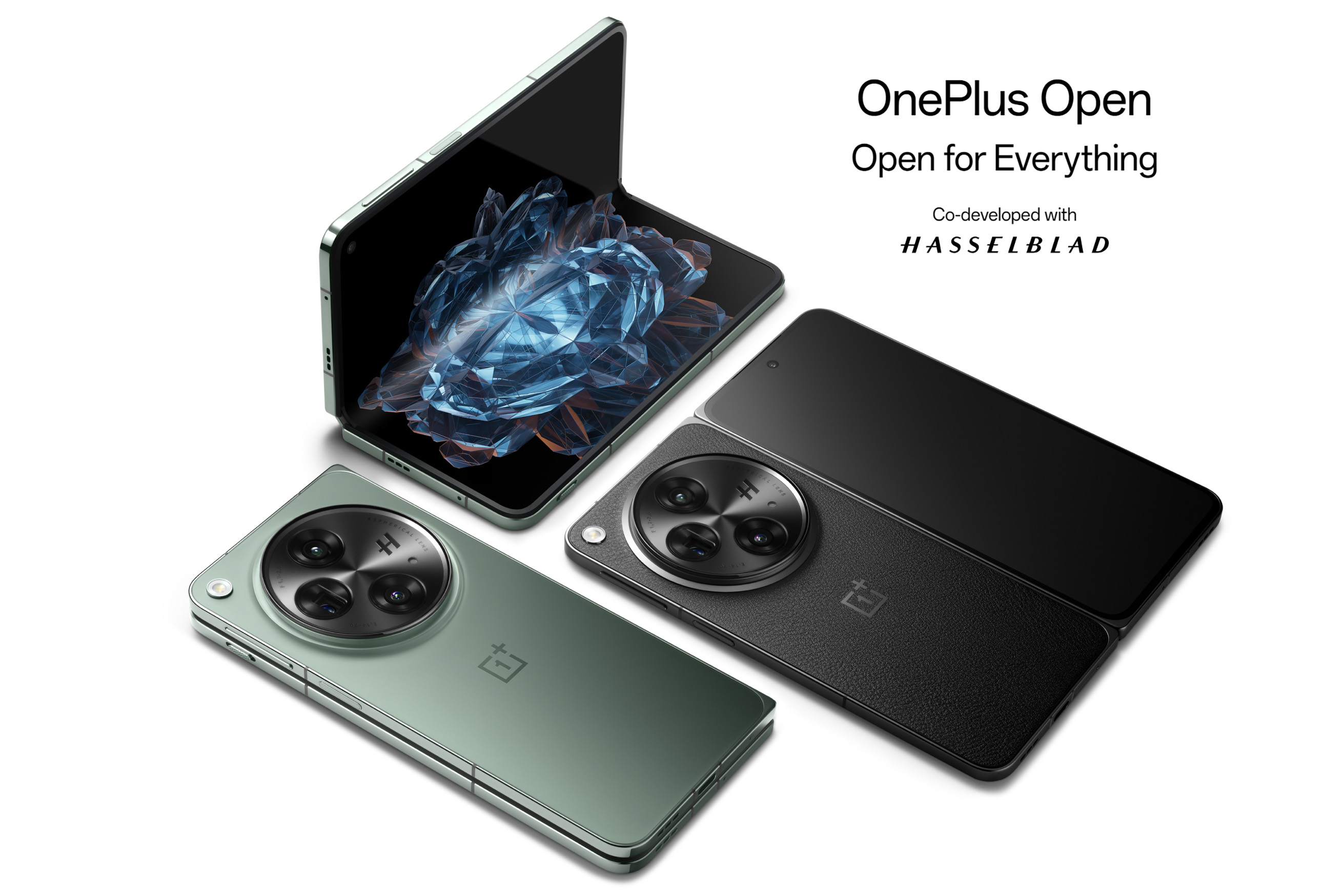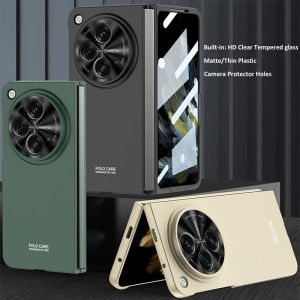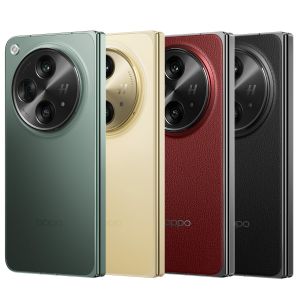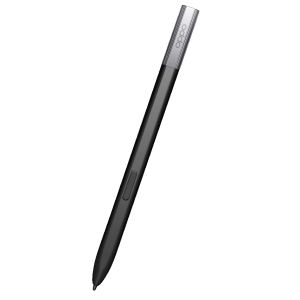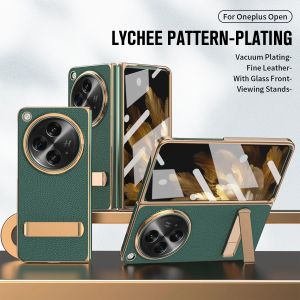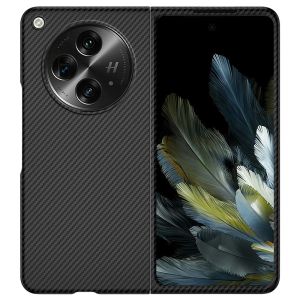Should you buy the OnePlus Open?
The foldable phone market is finally open for business in the US — pun intended. After a few years of Samsung monopolizing both clamshells and book-style designs, it faces meaningful competition on both fronts from Google, Motorola, and now, OnePlus with its debut OnePlus Open. However, not all first-generation foldable phones are created equal. While the Open might be the first OnePlus-branded entry into the hinged arena, its co-development with OPPO (the Open is identical to the Find N3 in all but name and branding) means that the foldable is hardly starting from scratch.
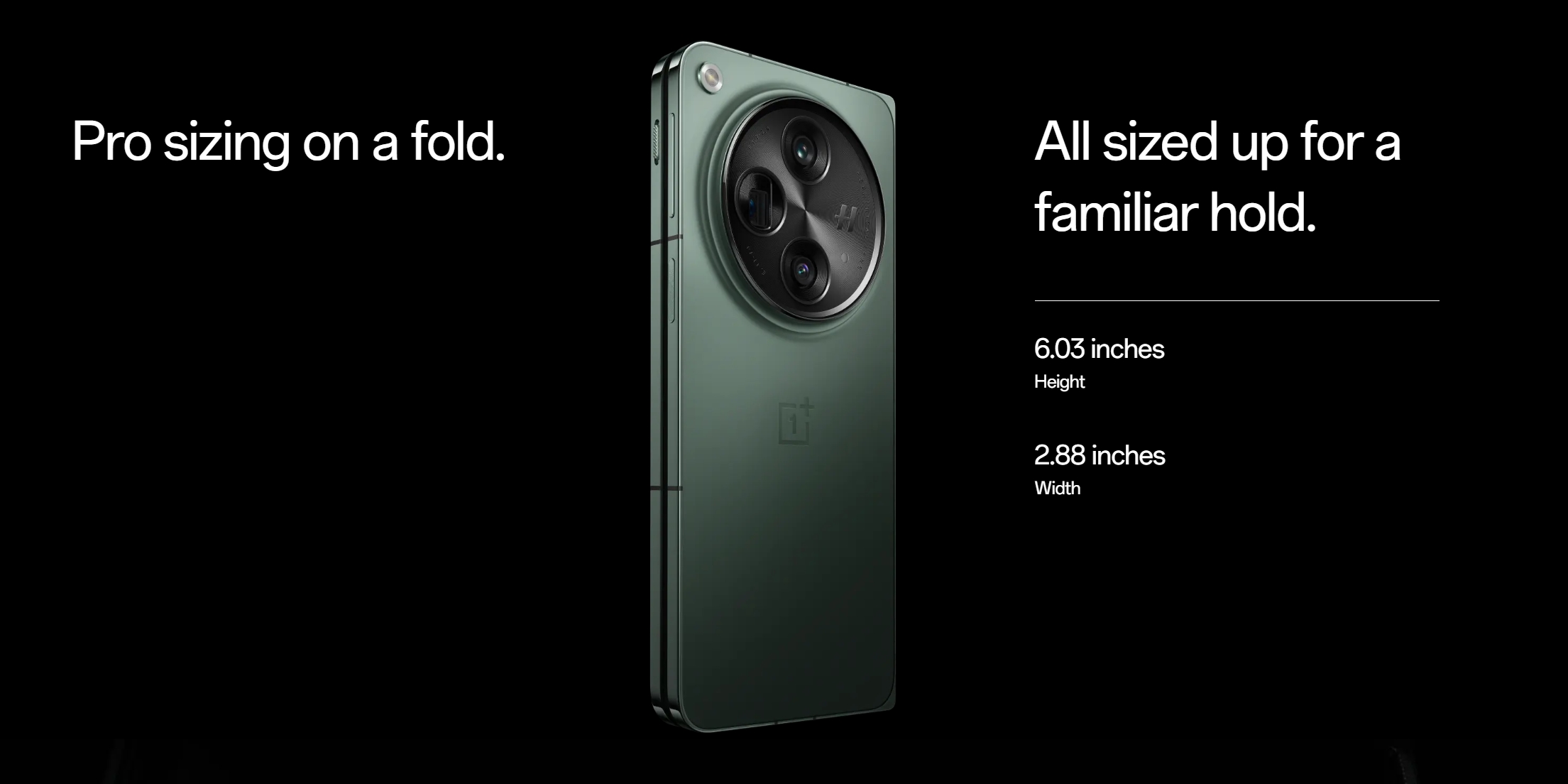
The OnePlus Open has the advantage of OPPO’s early experiments at its disposal. It carries a level of polish that typically only comes after a few tries and is likely the best hardware we’ve seen from OnePlus since its true “flagship killer” days. The Open falls closer to OPPO’s wide cover screen design than Samsung’s tall, slender one, resulting in a foldable that’s incredibly comfortable to use when closed. Its 6.31-inch front-facing display is a bit bigger than Samsung’s base Galaxy S23, with a 120Hz refresh rate and a blinding 2,800 nits of peak brightness when needed.
The Open is polished from top to bottom and might be OnePlus' best hardware in years.
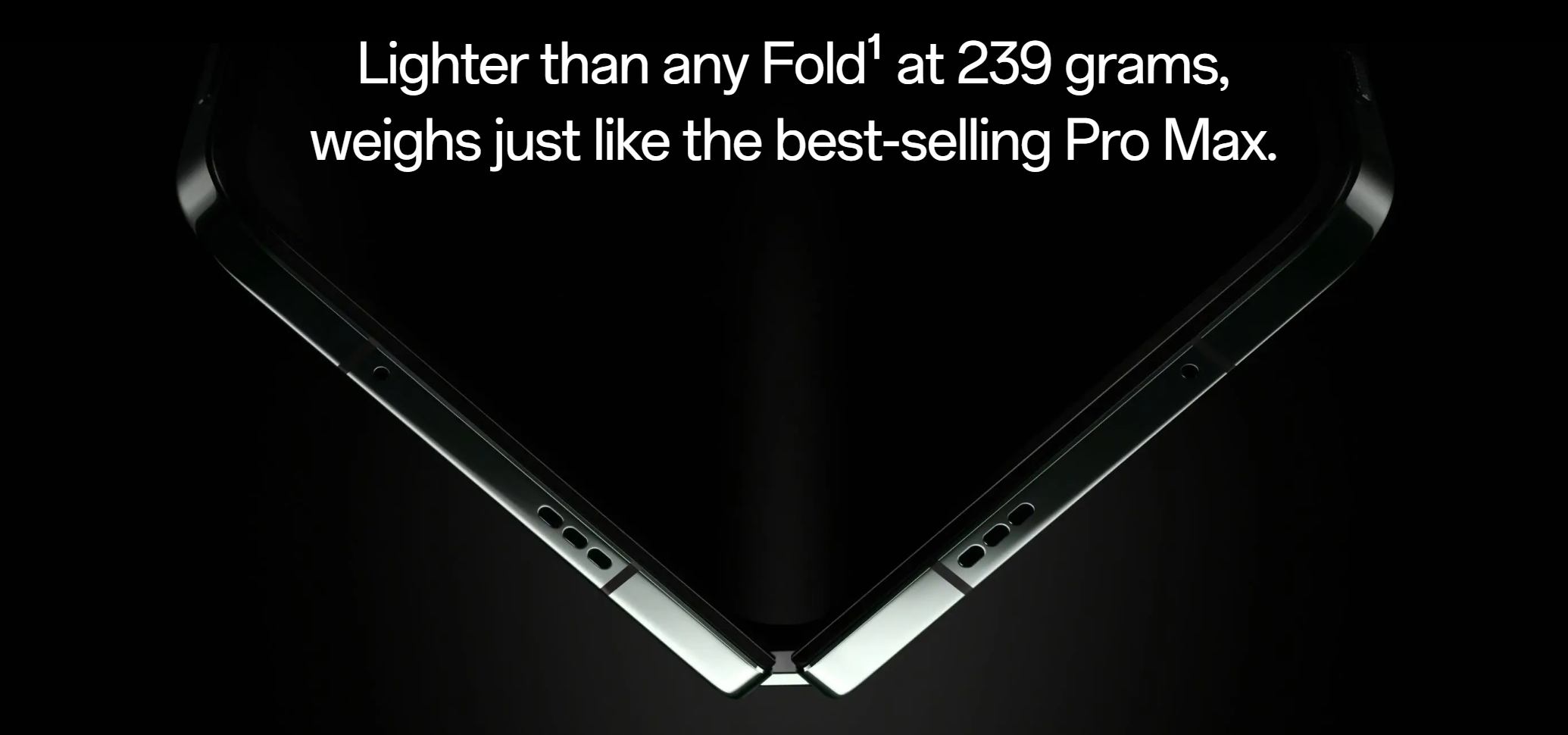
However, the more impressive benefit of OPPO’s engineering comes in the OnePlus Open’s hinge. It uses a 69-component design that saves both weight and bulk and gives the Open one of the shallowest creases I’ve ever seen. The resulting crease easily tops Samsung’s comparative canyon, while the refined hinge is much more comfortable to open and close than the Pixel Fold’s relatively stiff hardware. I’ve noticed that the Open’s hinge almost feels spring-loaded past a certain point, though, so it’s certainly possible to pinch your finger when opening too quickly — not something I’ve noticed with other foldables.
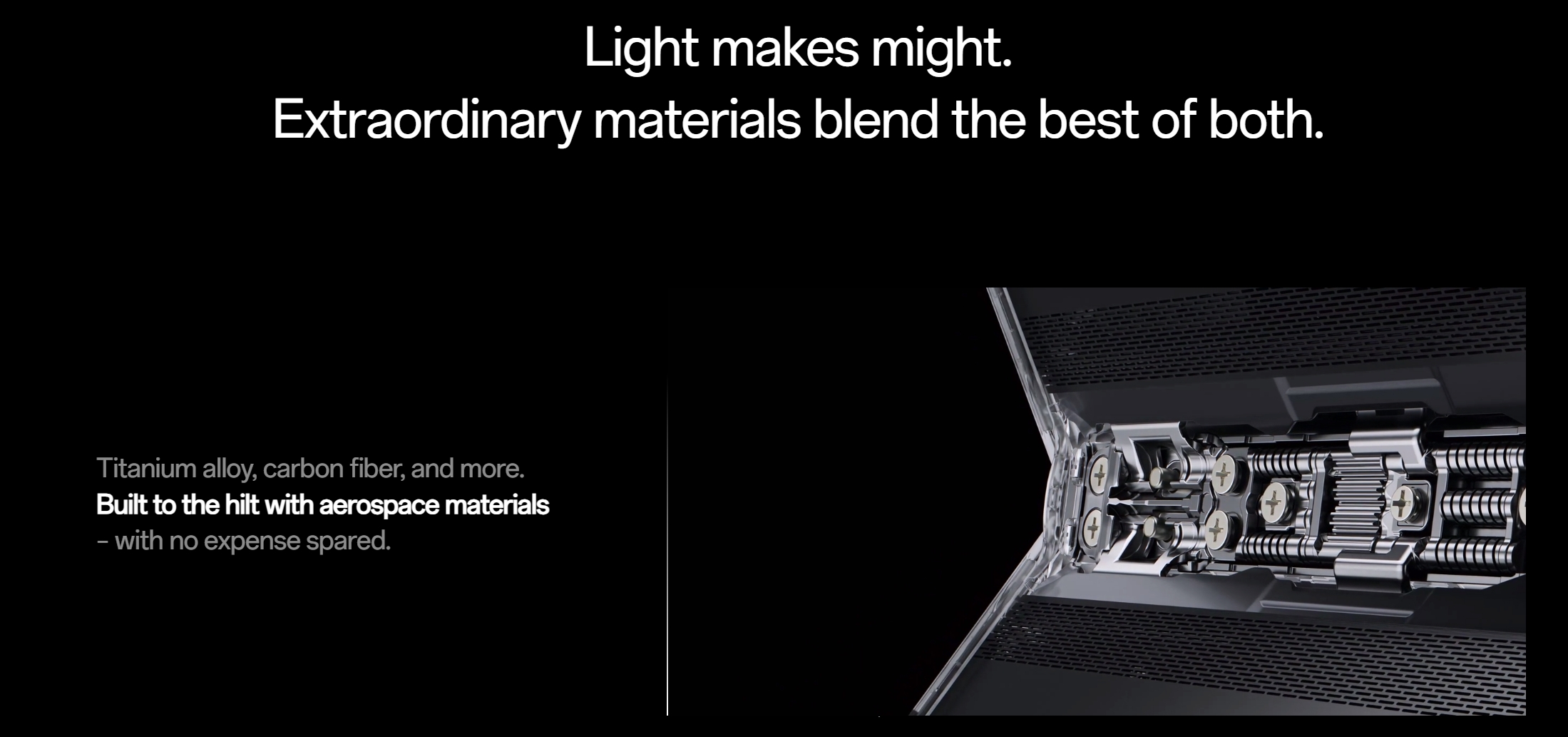
Once you, well, open the Open, you’re greeted with a brilliant 7.82-inch internal AMOLED panel with equally impressive specs as the cover display. It also packs a 120Hz refresh rate and 2,800 nits of peak brightness and, unlike the Pixel Fold with its hefty bezels, carries only a slim border on all four sides with a punch hole selfie camera. Perhaps the best part of the OnePlus Open’s internal display is that it feels like two traditional smartphones stuck together. It’s wide enough that apps on either side of the crease have room to breathe, and spreading one app across the entire expanse doesn’t feel unwieldy.
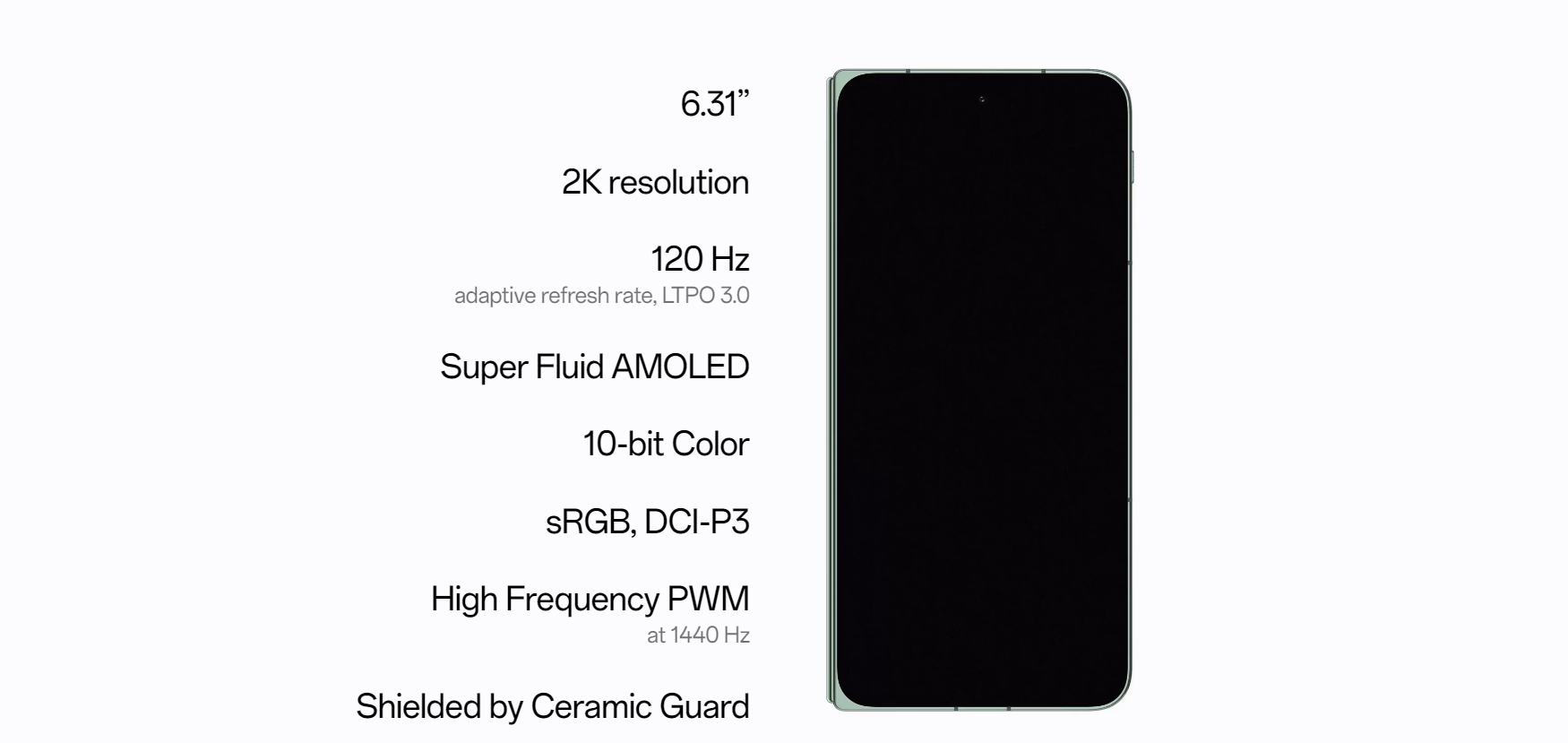
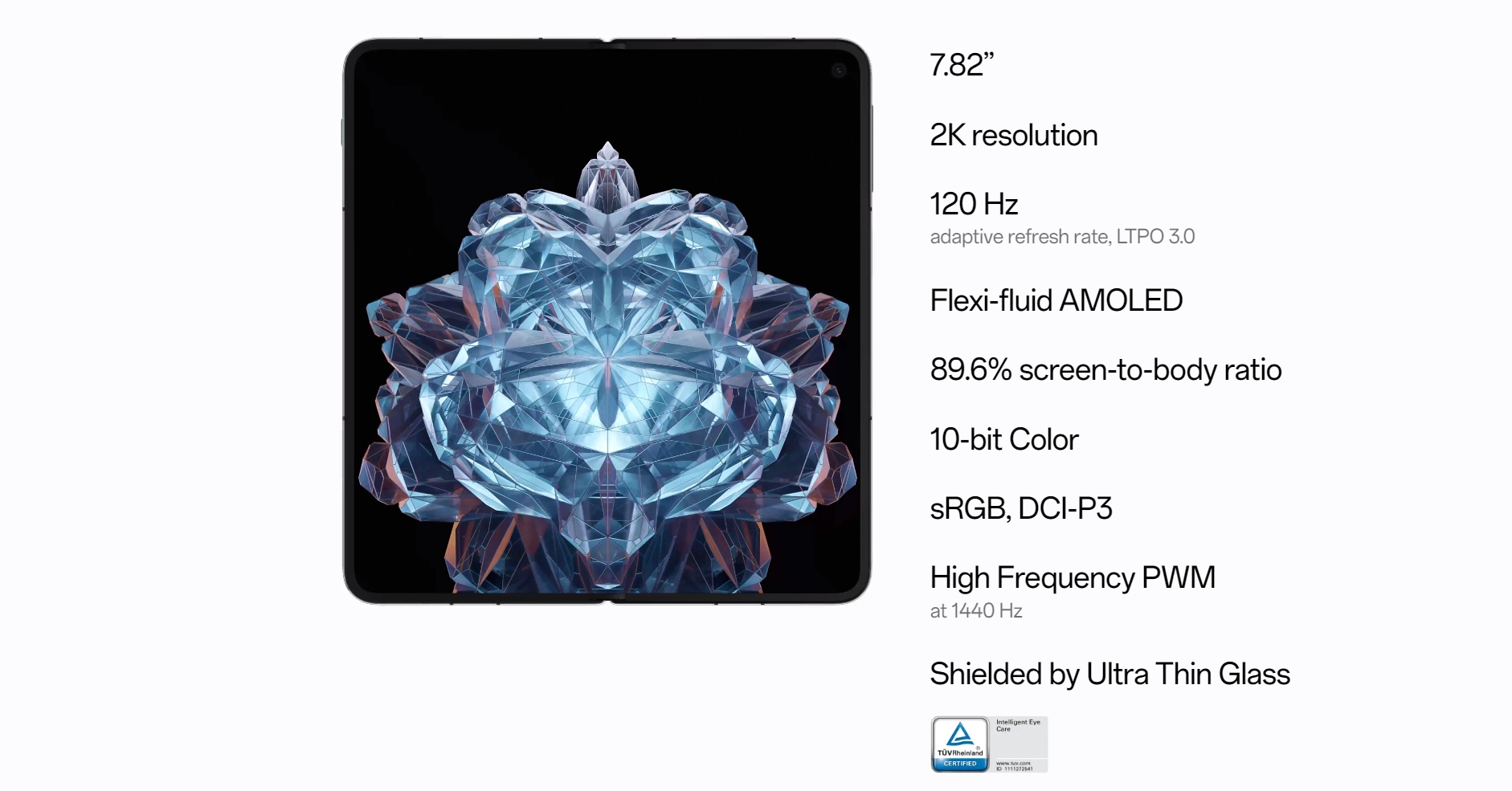
Despite its size — the OnePlus Open is larger than the Galaxy Z Fold 5 or Pixel Fold — the foldable is remarkably light at 239g. That’s right around the weight of Apple’s iPhone 14 Pro Max, a carton of milk, or a medium-sized apple if you prefer OnePlus’ comparisons. The result is a large phone that’s still thin enough and light enough to carry comfortably for hours on end.
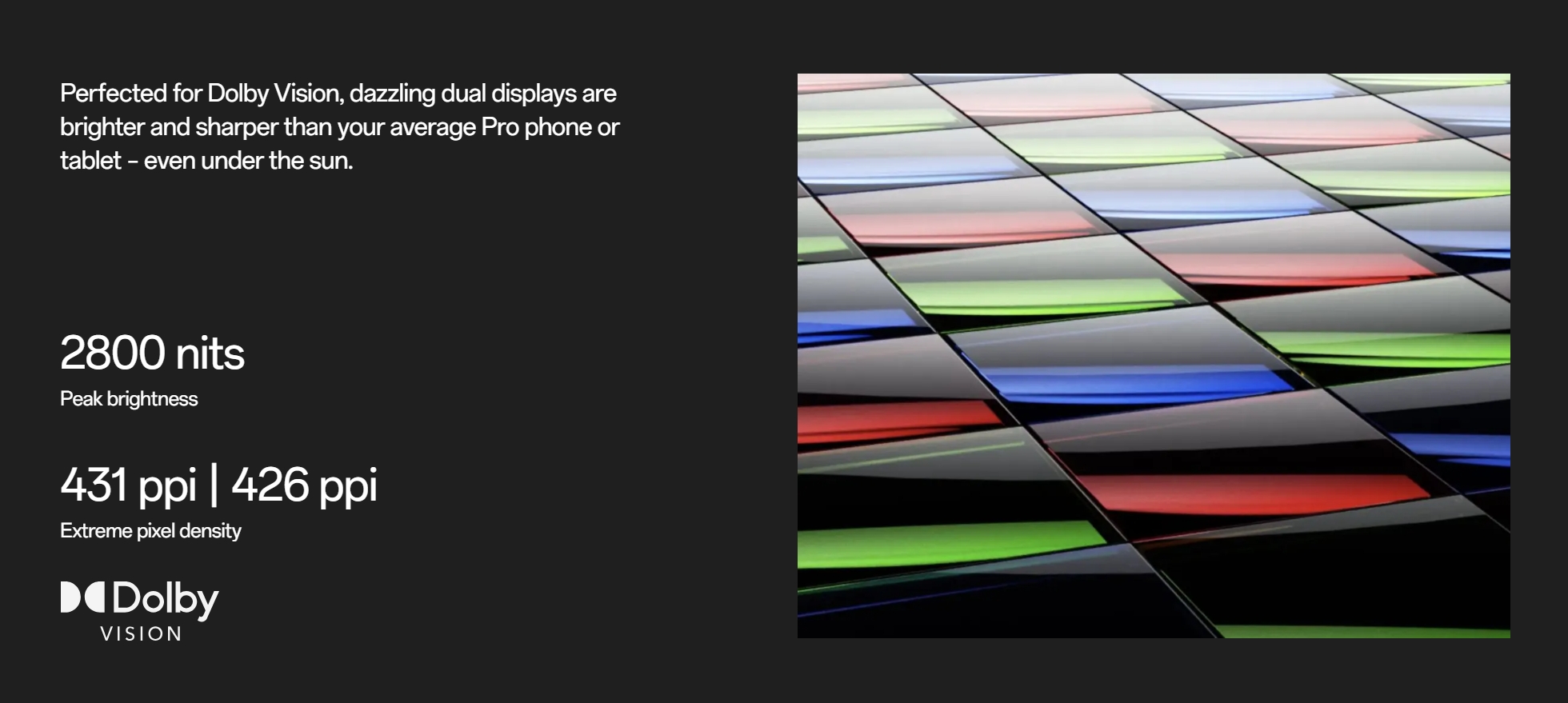
Honestly, the only real complaint I can lodge against OnePlus’ stellar hardware is its button placement. Yes, the alert slider is back, and I’m glad to have it, but it’s not easy to reach, and neither is the volume rocker. There’s almost no way to reach any of the buttons while using the Open with one hand unless you have huge hands. If you have small hands, this is definitely a phone that you’ll have to two-hand. The Open’s durability leaves something to be desired, too. Yes, it has Ceramic Guard protecting the cover display, but the lowly IPX4 rating isn’t good for much beyond light splashes.
Most of the OnePlus Open’s quirks lie just below the fold (sorry, this is a foldable that just begs for puns). The first place that the Open comes up short — or at least delivers an inconsistent experience — is in its software. For everything Oxygen OS gets right, there’s another area where it feels just a little too rough around the edges.
Open Canvas is a brilliant answer to multitasking — even if Oxygen OS still has its rough edges.
On the bright side, OnePlus might have the best approach to multitasking on any foldable phone. Like a student who listened to their teacher, the Open is a perfect example of thinking outside the box — literally. Its multitasking layout is called Open Canvas, and it allows you to store your extra apps along the edges of the 7.82-inch display rather than cram them into smaller and smaller windows. You’re still capped at three apps running at any one time, but the layout means you can edit a photo, post it to social media, and stream Fall of the House of Usher on Netflix in full-sized windows with just a swipe to switch between them. Should you need all three apps visible at once, you can pinch in with four fingers to create three iPhone 13 Mini-like layouts across the middle of the display. Mix in four years of Android updates and five years of security patches, and the OnePlus Open should stay current long enough to justify its price tag.
Unfortunately, outside of that stroke of software genius, the OnePlus Open is missing several customization options I love on other foldables. There’s no way to change the default number of apps per row — you get four, no less and no more — and the cover display acts as half of the internal display, meaning you can’t stretch widgets across the crease. I don’t think it’s a huge loss, as your widgets would probably feel too big stretched across the sizable panel, but it would be nice to see OnePlus follow Samsung’s lead of treating the internal and external displays separately.
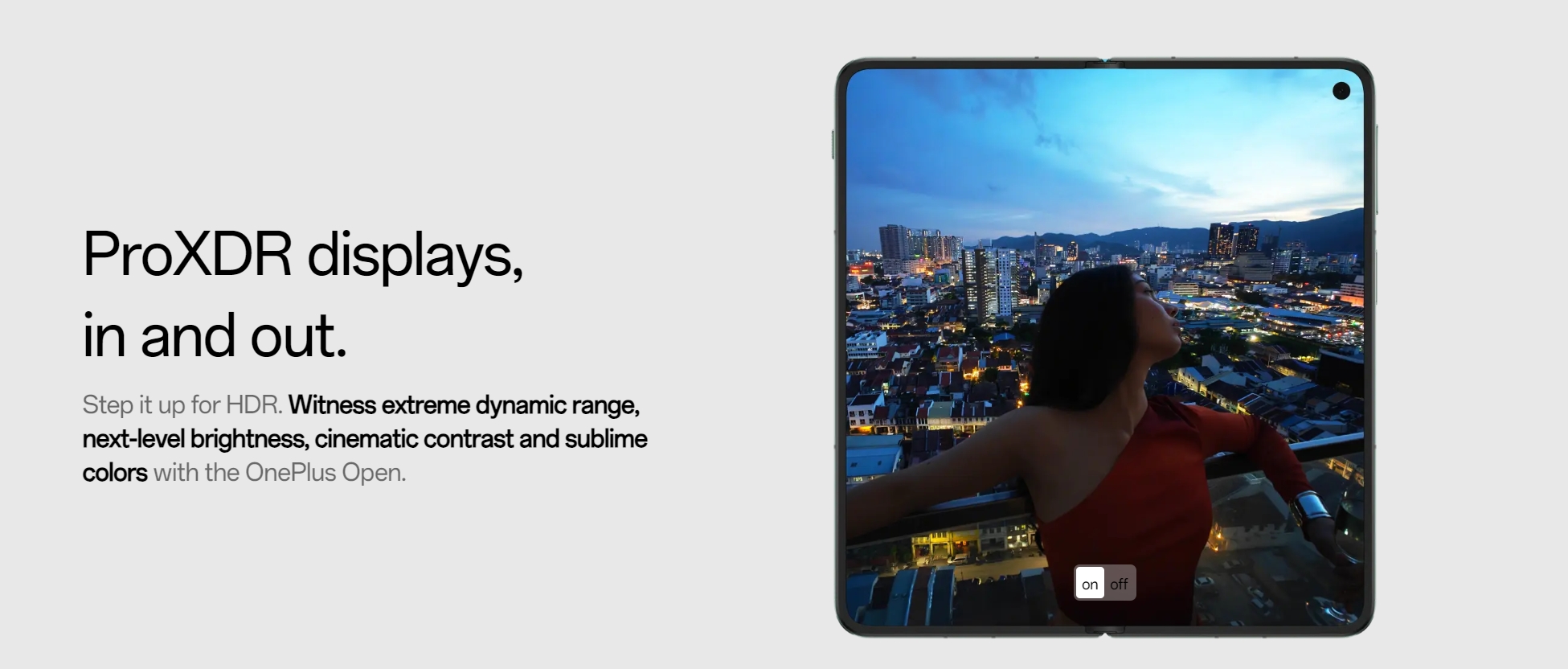
One double-edged sword I’ve noticed on the OnePlus Open is that it stretches any app to fit the internal display. It means I’m never stuck with Instagram in a tiny floating window, which I like, but it also leads to wonky formatting some of the time. Instagram stories, for example, still default to their tiny central window, but individual posts and profiles take up the entire display, meaning that images with tall aspect ratios end up cut square. Strava and Twitter follow the same lead, making it tough to read captions and look at images like maps at the same time. The best way around the funky formats is to use two apps constantly, but I don’t quite have that level of attention span.
The Open also ships with a few duplicate apps and extras courtesy of OnePlus. Our review unit arrived with an app for the OnePlus Store, OnePlus Community, and two relaxation apps: O Relax and Zen Space. I won’t pretend to know why OnePlus needed to split O Relax and Zen Space into separate apps, but at least they don’t take up much of the Open’s 512GB of built-in storage.
Joining that ample storage under the hood is Qualcomm’s Snapdragon 8 Gen 2 processor and an impressive 16GB of RAM. This is the same processor that OnePlus tapped to power its OnePlus 11 flagship earlier in the year, and it delivers similar benchmarking performance. The Open scored just higher than the traditional OnePlus 11 in single-core and multi-core Geekbench 6 runs and in PCMark’s Work 3.0 test. That said, it landed well short of Samsung’s Galaxy Z Fold 5 with its overclocked Snapdragon 8 Gen 2 for Galaxy on all three metrics. Google’s Pixel Fold even topped the Open in its PCMark run despite carrying the older, thermal-hogging Tensor G2 chipset.
The good news is that we don’t judge performance purely based on benchmarks. In day-to-day life, the OnePlus Open is a star. It cruises through everything, handling any trio of apps I open without a complaint or care. I regularly find myself pinching in to use three apps at once — usually a combination of YouTube, Telegram, and some flavor of social media — and I love having the ability to give myself a little sensory overload. When I prioritize a single app, the Open is happy to dedicate all its resources. Games like Ultimate Golf run without a hitch, and I hardly notice the phone getting warm in my hands unless I’m playing for more than an hour. I’ve also taken to running Google Maps and Chrome in tandem while finding my way around Baltimore and noticed no issues with heating or with either app feeling cramped.
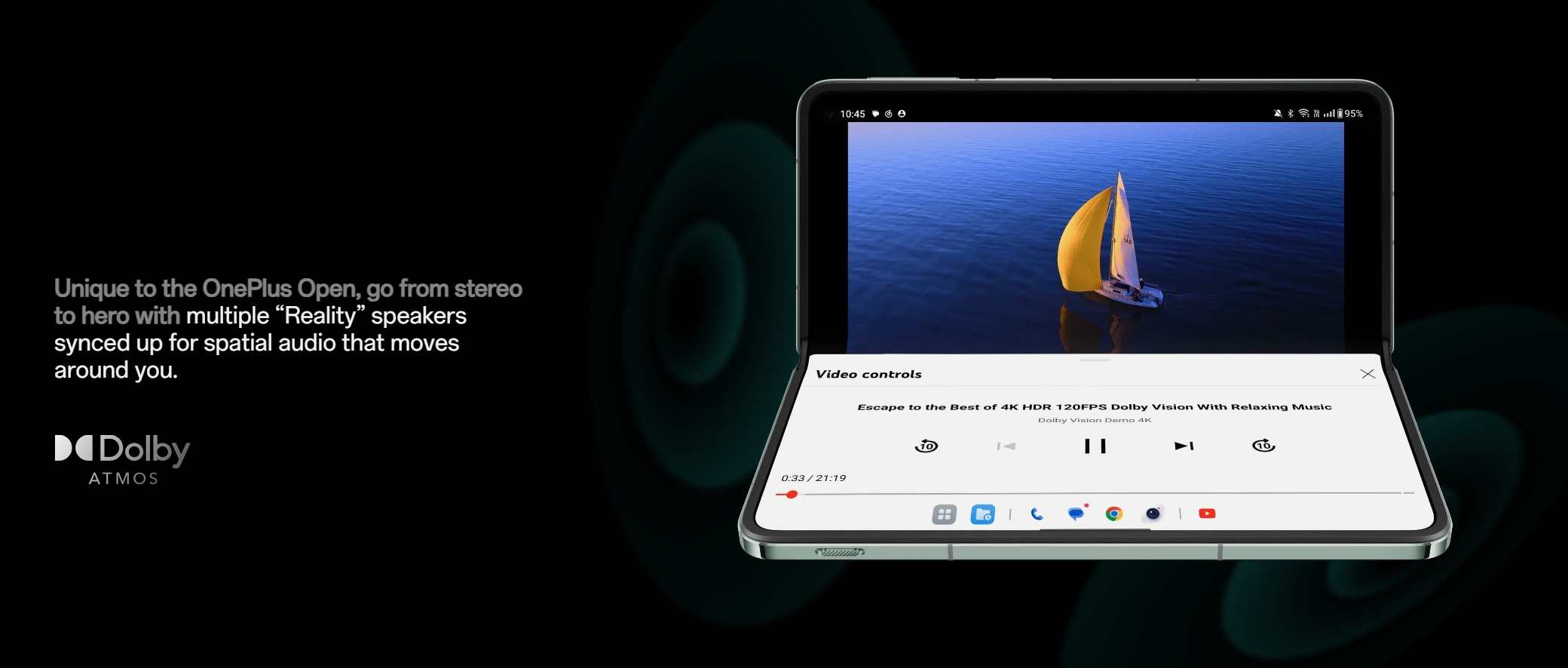
While I’ve already taken a bit of a deep dive into the OnePlus Open’s camera setup, it’s worth mentioning again that it might be the best one on any foldable phone. It might not process images with the same punch as Google’s Pixel Fold, but OnePlus checks just about every other box, and probably offers a better overall experience than Samsung’s Galaxy Z Fold 5 can match. The Open’s trio of Hasselblad-tuned sensors has no shortage of megapixels, and its zoom range of up to 120x is about as far as you can punch in on any phone, period. OnePlus chose Sony’s new LYTIA LYT-T808 sensor to star the show, a new name for the previously branded IMX sensors we often see on devices at this price point.
The 48MP 1/1.43-inch primary camera isn’t an example of OnePlus cutting corners, though — it’s an example of the company saving space. Sony’s LYT-T808 uses a stacked design to create deeper pixel wells that capture more light in a smaller overall footprint. This allows the sensor to compete with larger competitors like Sony’s 1-inch designs. It’s not a perfect alternative, but it does give the Open enough muscle to compete with Samsung’s Galaxy Z Fold 5 and the larger pixels on its primary sensor. OnePlus also tapped a 64MP 3x telephoto lens and a 48MP ultrawide sensor to round out its setup, along with a 20MP internal selfie camera and a 32MP selfie camera on the cover.
The OnePlus Open notches one more win when keeping the lights on. Its 4,805mAh battery is among the largest on a foldable, and it stretches impressively far. I’ve had no issues toting the Open through a long day, taking it off the charger when I wake up around 8 AM, and not reaching for the included 67W block until sometime the following day. My usage is a reliable mix, as mentioned above, but I pushed the Open for easily more than six hours of screen-on time between charges. Granted, I tend to default to the cover display and only use the internal panel when I need to, so my results are probably better than what you’d experience if you prefer to use the foldable’s full real estate.
When you need a pick-me-up, the OnePlus Open offers a mixed bag. It supports 67W wired SuperVOOC charging and comes with a charger in the box, but that’s about it. There’s no option for wireless charging, nor does OnePlus seem particularly interested in the idea of the two charging methods coexisting. The included charger is once again a USB-A block and is once again justified by the idea that you’re more likely to find a USB-A port if you’re traveling and forget your charger, ignoring that it certainly won’t charge your phone at top speeds. On the bright side, charging the OnePlus Open from empty to full takes what feels like no time at all — it zipped to a 50% charge in just 18 minutes, then reached full power after just 41 minutes. Not bad, not bad at all.
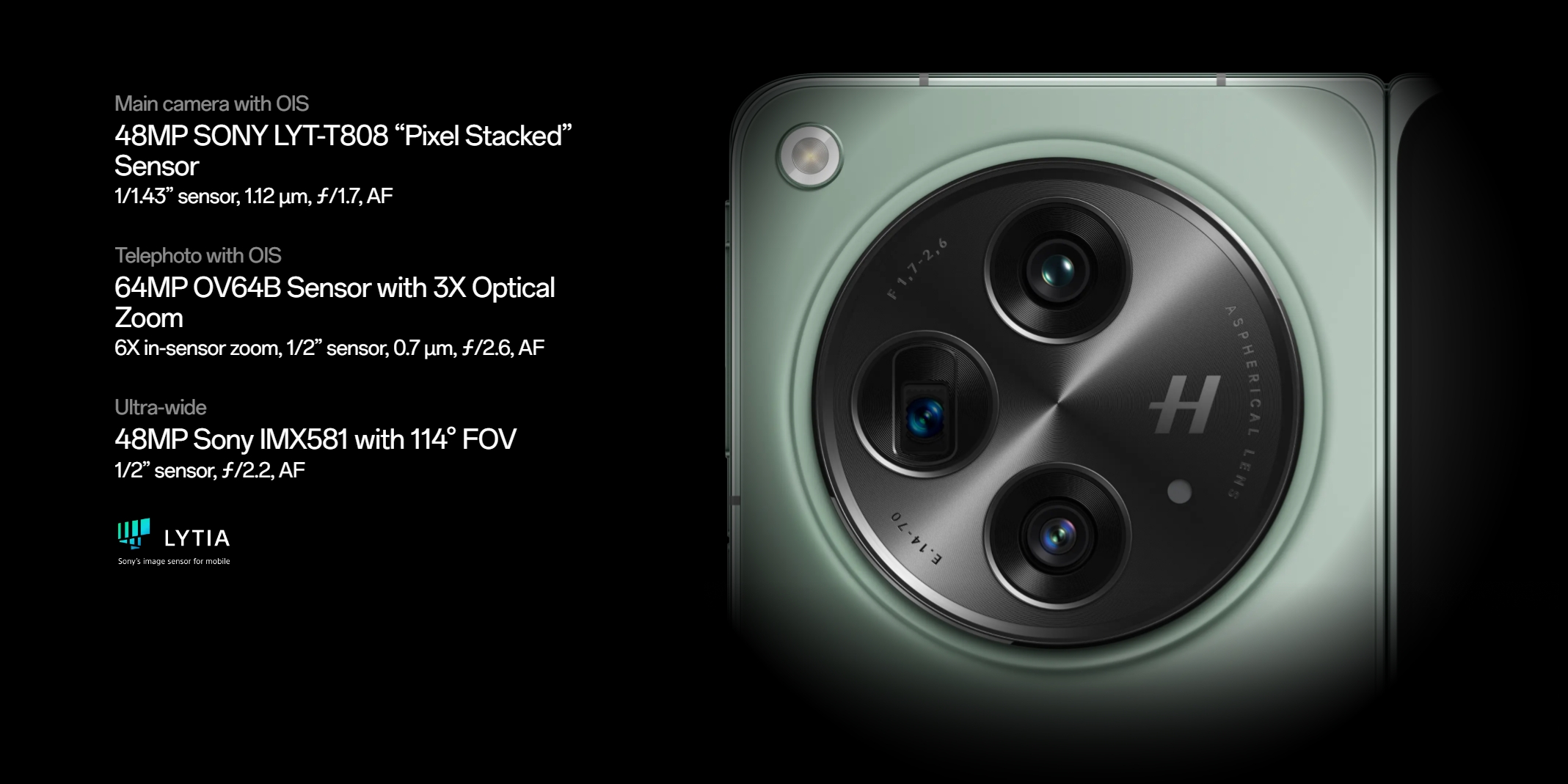
OnePlus Open specs
| OnePlus Open | |
|---|---|
|
Displays
|
Exterior:
- 6.31-inch AMOLED - 10-120Hz refresh rate (LTPO) - 2,484 x 1,116 resolution - 20:9 aspect ratio - Ceramic Guard Interior: - 7.82-inch AMOLED - 1-120Hz refresh rate (LTPO) - 2,440 x 2,268 resolution - 2,800 nits peak brightness |
|
Processor
|
Qualcomm Snapdragon 8 Gen 2
|
|
RAM
|
16GB
|
|
Storage
|
512GB
No expandable storage |
|
Power
|
4,805mAh dual-battery
67W wired charging No wireless charging No reverse wireless charging 80W charger in box |
|
Cameras
|
Exterior rear:
- 48MP wide, 1.12μm, OIS, PDAF, ƒ/1.7 - 48MP ultra-wide, 0.8μm, ƒ/2.2, AF - 64MP telephoto, 0.7μm, OIS, 3x zoom (120x digital), ƒ/2.6 Exterior front: - 32MP, ƒ/2.4, 0.7μm Internal front: - 20MP, 0.7μm, ƒ/2.2 |
|
Audio
|
Stereo speakers
Dolby Atmos support No 3.5mm headphone port |
|
Durability
|
IPX4
|
|
Biometrics
|
Side-mounted capacitive fingerprint sensor
|
|
SIM
|
Dual nano-SIM tray
eSIM support |
|
Software
|
Android 13
OxygenOS 13.2 |
|
Dimensions and weight
|
Folded dimensions:
- 153.4 x 73.3 x 11.7mm (Green)/11.9mm (Black) Unfolded dimensions: - 153.4 x 143.1 x 5.8mm (Green)/5.9mm (Dusk) Weight: - 239g (Black)/245g (Green) |
|
Colors
|
Emerald Dusk (Green), Voyager Black
|
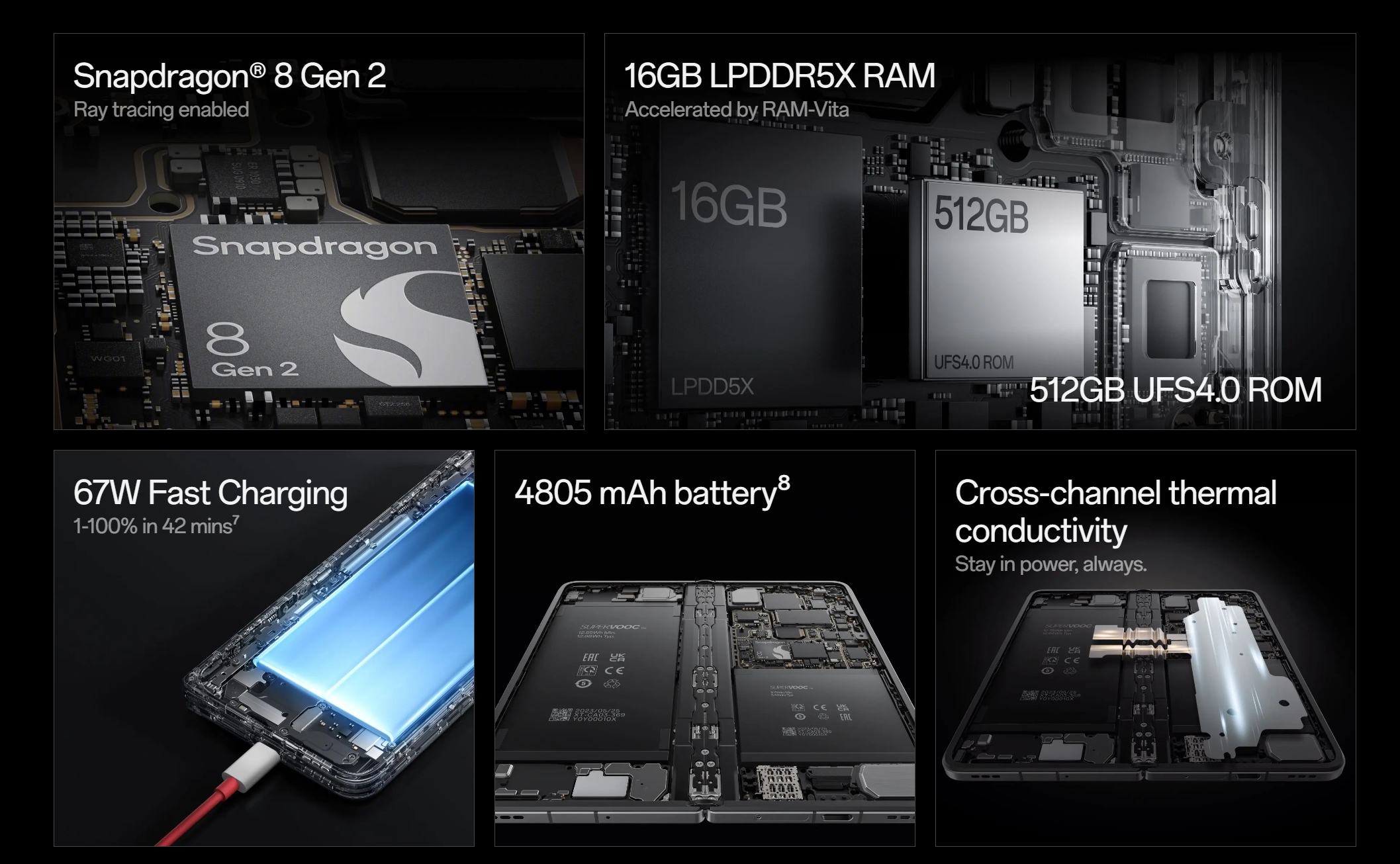
OnePlus Open review: FAQ
Yes, the OnePlus Open has a visible — but shallow — crease that runs from the top of the display to the bottom.
No, the OnePlus Open does not include a stylus. However, you can pair a stylus for use on the internal display.
No, the OnePlus Open is not fully waterproof. Instead, it has an IPx4 rating that resists splashes of water.
Yes, the OnePlus Open supports dual-SIM via either two nano-SIM cards or a single nano-SIM and eSIM.

